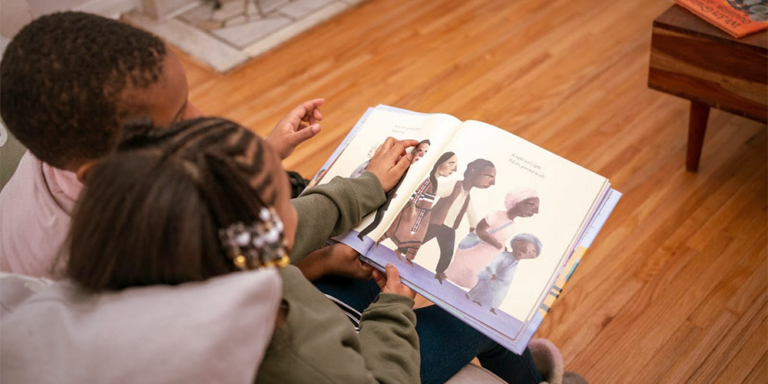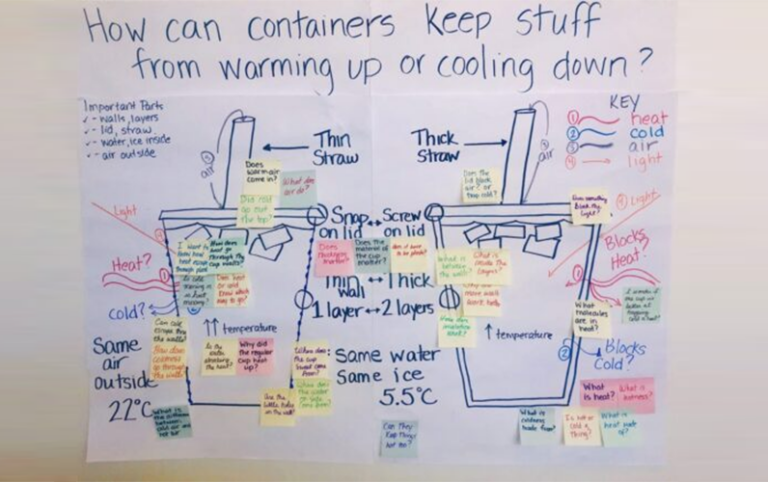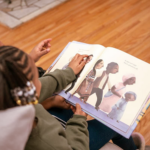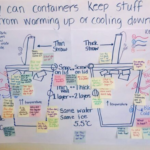Native and Heritage speakers are fantastic assets in any class or school, and have specific needs for learning in a World Language classroom. To differentiate the level of difficulty in the target language, Native and Heritage speakers are given challenges more suitable to their level of proficiency and skill, in tandem with a similar activity provided to target language learners. The following examples can show you how!
Example 1
| Who | Focus Area | Example |
| Middle School, Beginning novice speakers | Spoken Language | Students will use food and meal vocabulary to discuss what they like and don’t like to eat. 1. Vocabulary will be presented verbally via comprehensible input strategies. 2. Vocabulary will be introduced in written terms. 3. Students will practice this vocabulary by creating brief oral conversations with randomly selected students from the classroom for the teacher where they will discuss what they like/don’t like to eat and when. a. “I don’t like to eat artichokes for breakfast.” b. “I like to eat Pop-Tarts, but they aren’t healthy.” c. “I eat bananas for breakfast.” |
| Heritage or Native Learners (same class as above) | Written Language | Students will demonstrate their readiness for a “challenge” assignment by using vocabulary for food and meals in a brief conversation with their teacher. Then, they will then create the same concept in a written format, using correct grammar, spelling, and punctuation. |
Example 2
| Who | Focus Area | Example |
| High School, Third year of study | Reading and Speaking | Pre-teaching: vocabulary terms, the grammatical functions of “I would like to eat ____ if I were in _______.” Using the subjunctive mood, students will give a short presentation on what they would like to eat if they were dining at a restaurant in the capital of the nation where the language is spoken. Students will use authentic menus to create the presentation. |
| Learners who are heritage or native speakers and learners identified as gifted/talented (same class as above) | Reading and Speaking | Pre-teaching: vocabulary terms, the grammatical functions of “I would like to eat ____ if I were in _______.” Using the subjunctive mood, students will write out the same presentation in class, without the use of digital technology. Heritage and native speakers will work with those students desiring a challenge. Students may work by themselves or in pairs. As always when pair work is used, the instructor must pay attention that students are not coasting off of the work of their partners. |
Expand your world language toolkit with Teaching Channel’s graduate-level course 5576: World Language Differentiation for Heritage and Native Speakers. You’ll learn about the Language Experience Approach (LEA), oracy, and the wealth of differentiation possibilities that you can use with your gifted and talented students as well! Meet the needs of heritage or native learners along with general language learners, all in the same World Language classroom with this practical course!






